The Lure Of The Lohit River – To Where Eastern India Ends
The Lure Of The Lohit River
To Where Eastern India Ends
The region of Arunachal Pradesh is much unexplored and has the least of infrastructure in terms of accommodation, food and other basic amenities. Also, very less information is available in the internet and as far as the conditions of roads are concerned in Arunachal Pradesh, the only rumor around is, there are more potholes than a road. But what is travel if there is no adventure? Why to set sail to explore if we already know what we’re going to find? So, we went forward and gave Mr. Bhat a call. We had an honest conversation with him; briefing him about the grim reality of travelling in eastern Arunachal Pradesh. But the optimistic that both I and Neil are; our answer to Mr. Bhat was, “it is possible!” He was planning to visit in December which would give us two months to do all the necessary research and come up with a tour plan.
THE JOURNEY
“The sky is the blue of dreams. The air has an intoxicating freshness. Turquoise waters of a magical river and oranges to eat.
Awed I shall remain, with so many of your splendors.”
Our journey began on a beautiful December morning – one of those where the sun comes out to save you from the severe cold of winters in northeastern India. There were four of us – I, Neil, Mr. Bhat and Rambabu who was the driver. And armed with a good SUV as a vehicle and camping gear as a precaution, we set off from the river town of Dibrugarh in eastern India, following the only road that went eastward. After driving through the lush greenery of the numerous tea growing estates that fill the landscape of Upper Assam, we arrived at the border with Arunachal Pradesh, where personnel of the Indian Army asked us for our Restricted Area Permits (RAP); a special document that is issued by the Government of India, allowing tourists entry into the mysterious state. We had the necessary paperwork, and without much hassle, were allowed to enter. In Arunachal, the scenery transforms into a much greener shade than that found in the plains of Assam. We drove through some pretty looking villages of the Tai Phake Tribe, who are a community of Tai origin and are believed to have migrated from Burma in the 17th century. Their houses are simple and are built using the gifts of nature. Their temples though, are quite spectacular and have a similarity to the pagodas found in Southeast Asia. And learning about them, I am all the more amazed by the diversity of ethnicity found in India. Next, we found ourselves standing next to a small hill, where a flight of stairs lead to the top of the hill. We followed that indescribable instinct that is inbuilt in every explorer and scaled the stairs, only to be awed by the structure that we found standing in front of us. Hidden from the world and embraced with gold, a tall and magnificent Buddhist pagoda occupies this hill which is near to the town of Namsai in Arunachal Pradesh. Surrounding it is a massive lawn where varieties of colorful flowers grow. There are also residential cottages for the monks. We strolled around the sprawling temple complex and basked in its welcoming spirituality for as long as time allowed us to, after which we resumed our drive. In was only by afternoon that we reached the Himalayas and started our climb into the mountains.
In the foothill town of Wakro, we found orange trees growing aplenty and could not resist plucking some of the juiciest organic oranges I have ever eaten. It felt like a child again and
thus started a rediscovered love affair between I and oranges, to which Wakro was just the beginning. We even bought some oranges from the locals for the journey. By about quarter to three in the afternoon, we reached the Hindu holy pilgrimage site of Parsuram Kund; located beside the Lohit River, where it is believed that Lord Parsurama, a Hindu deity, had washed his sin of committing matricide. Hindu mythology is deep, and at times very dark. As for me, I just wanted to stroll around. It took us hundreds of steps in a stairway to reach the exact place where the holy incident had happened. Here, salvation is free for those who take a bath in the river. I dared to do so in the freezing winter water. I washed my face though, tempted by the magical looking turquoise water of the Lohit River. I have seen many rivers; each having their own charm, but Lohit is something else! It is beyond words. We ate a quick lunch at Parsuram Kund and continued with our journey. It was getting late as the night was about to fall and we still had a few hours of driving to do in an unknown and empty landscape, in order to reach Hayuliang, where we hoped to find accommodation. Right at sunset, we reached the Lohit View Point, where one is left breathless by the spectacular view of the vast floodplains that is created by the meandering Lohit River. On the horizon, above the forested plains of Assam, the sun was a ball of orange, quietly disappearing towards some far away longitude. We waited to see it set, after which, all I can remember is my eyes shutting down for some sleep and our car speeding towards Hayuliang in the darkness of a Himalayan night.
thus started a rediscovered love affair between I and oranges, to which Wakro was just the beginning. We even bought some oranges from the locals for the journey. By about quarter to three in the afternoon, we reached the Hindu holy pilgrimage site of Parsuram Kund; located beside the Lohit River, where it is believed that Lord Parsurama, a Hindu deity, had washed his sin of committing matricide. Hindu mythology is deep, and at times very dark. As for me, I just wanted to stroll around. It took us hundreds of steps in a stairway to reach the exact place where the holy incident had happened. Here, salvation is free for those who take a bath in the river. I dared to do so in the freezing winter water. I washed my face though, tempted by the magical looking turquoise water of the Lohit River. I have seen many rivers; each having their own charm, but Lohit is something else! It is beyond words. We ate a quick lunch at Parsuram Kund and continued with our journey. It was getting late as the night was about to fall and we still had a few hours of driving to do in an unknown and empty landscape, in order to reach Hayuliang, where we hoped to find accommodation. Right at sunset, we reached the Lohit View Point, where one is left breathless by the spectacular view of the vast floodplains that is created by the meandering Lohit River. On the horizon, above the forested plains of Assam, the sun was a ball of orange, quietly disappearing towards some far away longitude. We waited to see it set, after which, all I can remember is my eyes shutting down for some sleep and our car speeding towards Hayuliang in the darkness of a Himalayan night.
I woke up to find myself in Hayuliang. Judging from the sound of a nearby mountain river, by the chilling freshness in the air and by the silhouette created by rising peaks, I realized that we were somewhere high in the Himalayas. There were millions of stars above me and in their brightness, I noticed the town was dead and asleep. We searched for accommodation but only in vain, until a local helped us by showing the direction towards a government run guest house, which is located about ten kilometers from Hayuliang. The manager of the guest house was reluctant to provide us with rooms as they are reserved only for the officials of the Indian Government, and it took some cajoling and a few lies to procure our right to stay. The rooms were comfortable and the dinner served was simple and delicious. Before bedtime, I and Neil rolled up some weed we’d found growing at the very spot where Lord Parsurama had washed away his sins. We called it ‘redemption marihuana’ and delightfully puffed on its high THC containing smoke. Dazed, looking up at the starlit sky, I got lost in its mysteries. And in the silence of the Himalayas, I felt the universe was at peace; that there is order in things and not chaos. The excitement of waking up to see where exactly in the world we were soon got to me sleep.
Some mornings are like a painting – sketched by God in order to humble men, to give meaning to the word ‘majestic’ and to teach us about graciousness. I woke up to such a morning. The sky was painted in a shade of blue that only in dreams can be seen, the air was blissful in its freshness, the snow-clad mountains felt young and alive – grandeur! A victim of love, I missed my woman. I knew she’d be left mesmerized. After a hefty breakfast consisting of bread, egg,roti and sabji, we started driving on the only road that could be seen, which eventually would lead us to the eastern most human settlement of the Indian Subcontinent – to Kibithu! Surprisingly, the road was in good condition – a contrast to everything else in Arunachal Pradesh. The morning soon gave way to a splendorous day. The first glimpse of the magical Lohit River high up in the mountains was more of a spiritual experience. Throughout our drive, it followed us, changing it’s color all the while – at times blue, at times green and at times turquoise. Mr. Bhat exclaimed, “I have traveled to a lot of places; from the Himalayas of the north to the Ghats of the Deccan, through the length and breadth of India, but never have I seen a river so blue in color, so pure and clear!” In-fact, there was something magical all around. Not only the sky and the river looked blue, even the mountains were hued in a shade of blue. We crossed a few villages on our way and a few fields that grew opium and crop. The landscape around these places is very empty, so much so, the Lohit District is considered to be the second least populous district in all of India – with only three persons living per square kilometer. There were oranges growing everywhere, and we devoured on all shapes and sizes of them. There was even a variety which I had never seen. It is small in size, juicy, doesn’t contain seeds and is very sweet in taste. Together, we ate about 50 of those. With so many God made distractions around, the five hours on the road passed quite quickly and we found ourselves in the town of Walong, located somewhere in the very east of the Eastern Himalayas. The town saw much destruction and death during the India-China War of 1963. A war memorial has been built here in honor of those who died. We stopped to feed on lunch and to refuel our car. There are no gas stations in these places. Oil can be bought in barrels from the locals and is cheaper than the price offered anywhere else in India. Thankfully, Walong has a government run guest house, which we intended to use in case we did not find accommodation in Kibithu.
By about three in the afternoon, we made it to the eastern most of where India begins. The terrain here is made up of pine forests, and army posts and signs can be found everywhere. We parked our car where the eastern most road ended. An army post occupies the area. We requested the chief-in-charge to allow us to venture further on foot, from where we would be able to see China. He turned out to be a kind man, and provided us with an escort to guide us further. We walked for about a kilometer, till the edge of a cliff, from where, beyond us, further than a certain mountain which is the ‘no man’s land, laid the communist republic of China, or rather South Tibet. The army guy told us that the whole area is a hotbed of camouflaged posts that have been dug out high in the mountains. I could vaguely make out the nearest Chinese army settlement.
So here I was, at the eastern edge of my country and looking back from where I stood, it felt good to know that India exists; a country of diversities and contradictions, of wonderful people and vibrant ancient cultures. We shook our hands like explorers, on having reached the beginning of our Indian world. We couldn’t venture further; invisible man-made lines known as “international border” don’t allow us to do so. Kibithu being the place where the first sunrise of India occurs, at about four in the afternoon, it was almost going to be dark. We looked around for accommodation but without any luck. We even requested the army to provide us with shelter which they refused. Left with no choices, we returned to Walong. By the time we reached, it was just five in the afternoon, but pitch dark. The manager of the government run guest house was a good man and he allotted us two cozy rooms. I washed my face and freshened up for the evening. Then, I caught up with Neil who was in the kitchen, warming himself in the heat of the open oven. Mesmerized by the splendor of the Lohit Valley, I realized, all this while I had forgotten about the winter cold. But the heat did feel nice and comforting. A superb dinner consisting of chicken meat was soon served which was eaten quickly by our hungry stomachs. Late into the night, I ventured out for a brief stroll. It was my last night in the Lohit Valley. I closed my eyes and emptied my mind, only to concentrate on the sound of the raging rapids of the magical river. It is a way of meditation for me, having learnt it from a Sadhuduring my visit to the Ganges of Uttaranchal. It did not take much effort to be elevated consciously though, for Lohit is magic! It is a valley of bliss.
I dreamt a beautiful dream that night and at about five in the morning, as the first rays of the sun touched India, we set off for a strenuous thirteen hour drive, back to the plains of Assam. But Lohit still lingers in my mind, like a lover’s dream. All I need to do is close my eyes; I see a magical river, I see shades of blue, I see a land in the heavens.
****


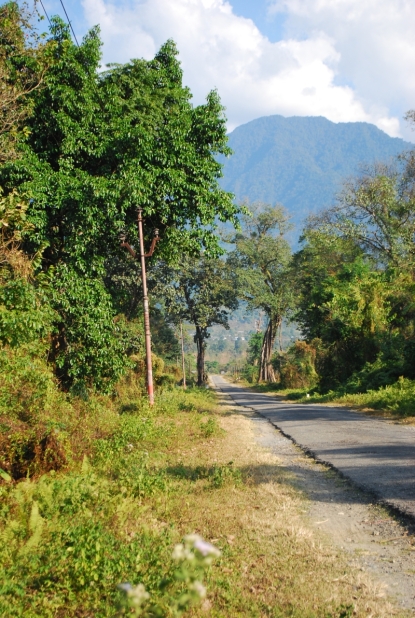

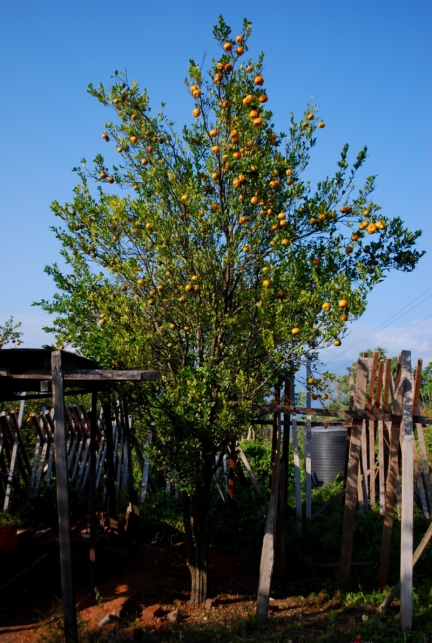

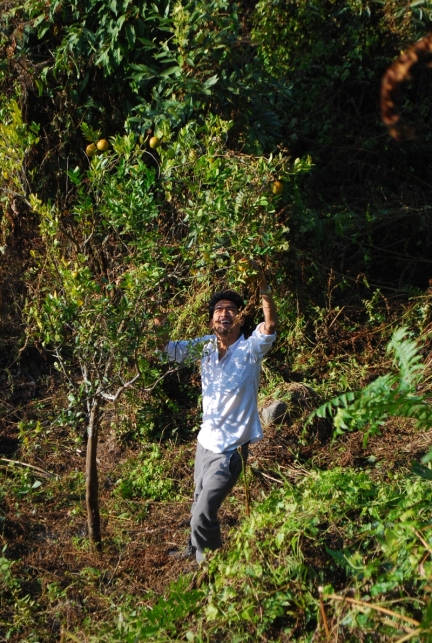









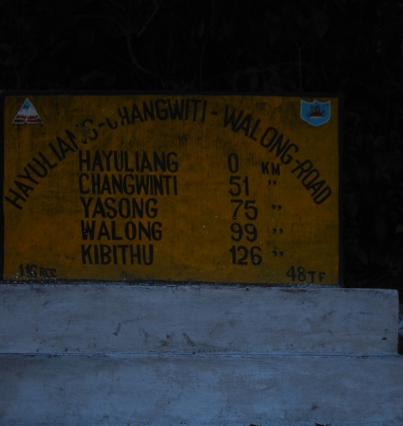

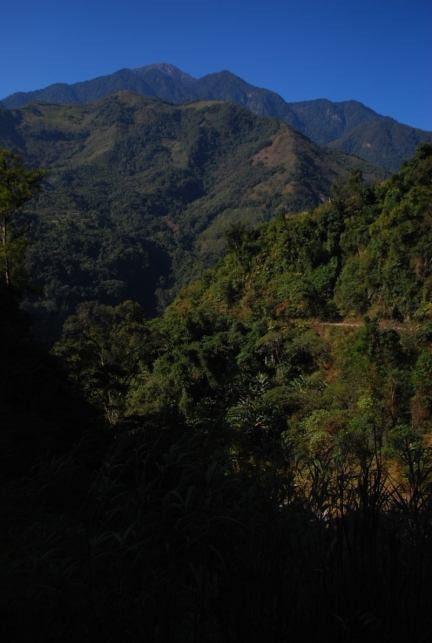

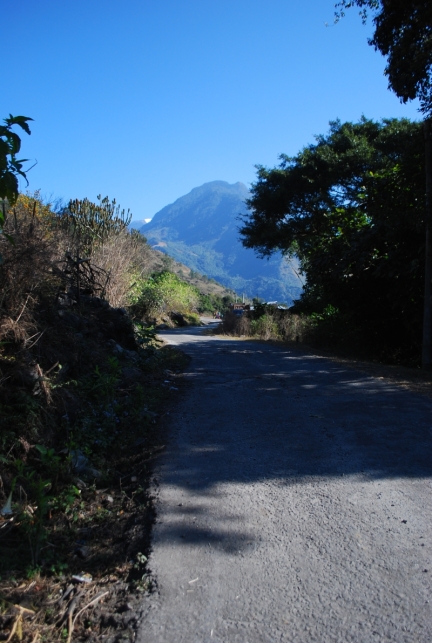
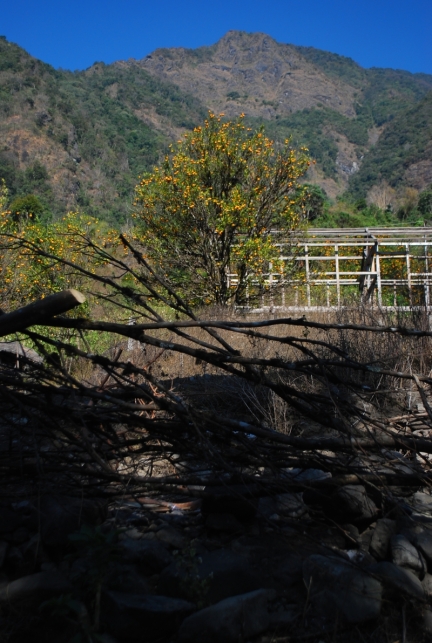
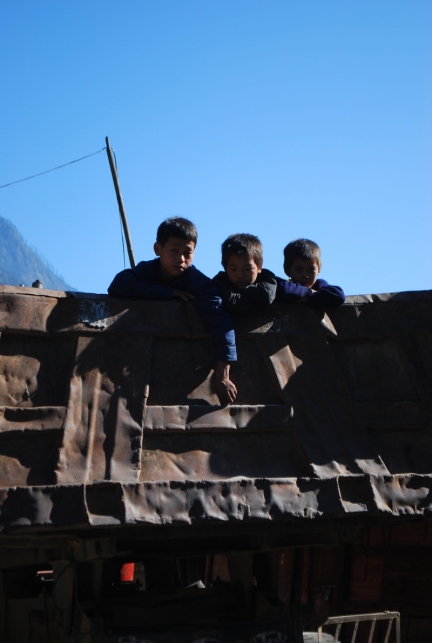
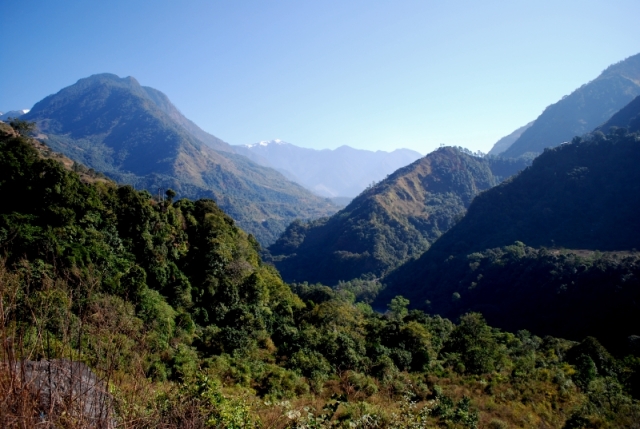







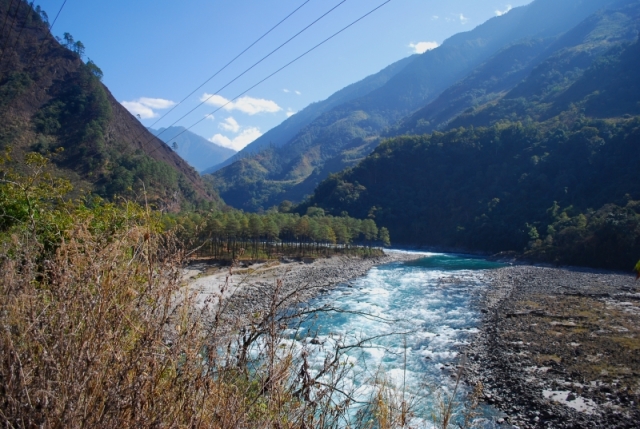

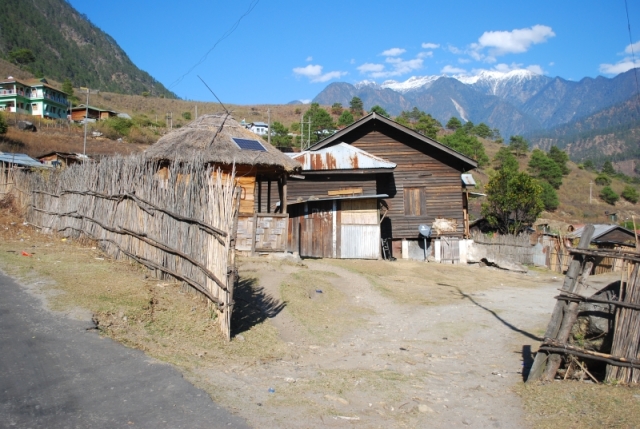



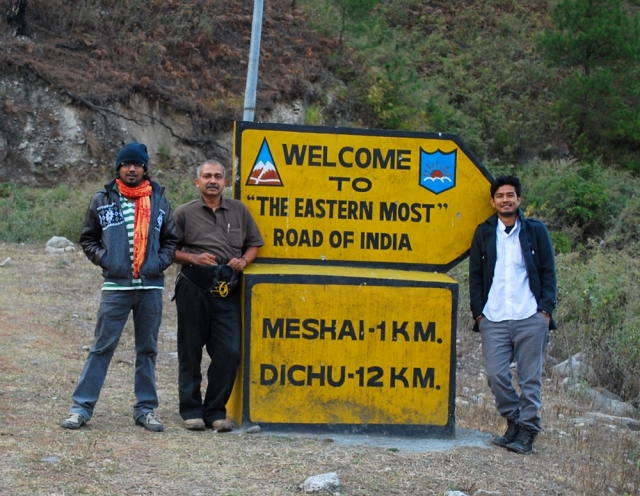







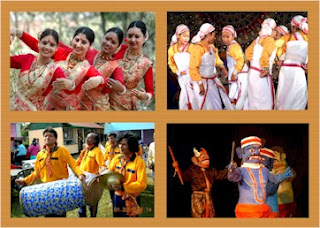
.jpg)
chittoor escorts
ReplyDeleteeast godavari escorts
guntur escorts
kurnool escorts
nellore escorts
prakasam escorts
srikakulam escorts
visakhapatnam escorts
vizianagaram escorts
west godavari escorts